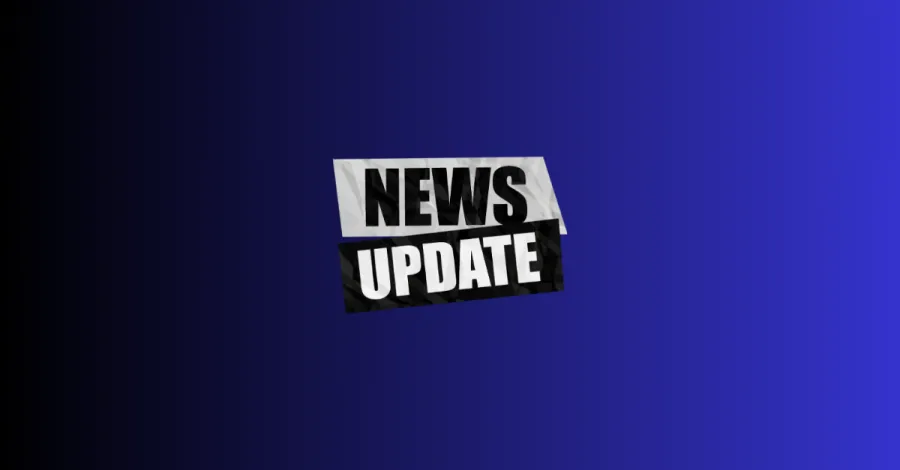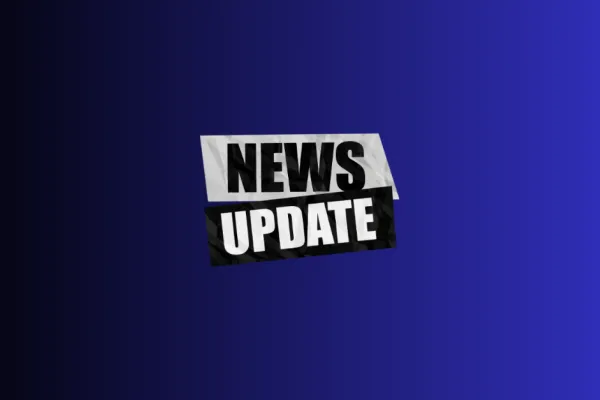Nearly a third of low-income broadband users could not afford home broadband service, Pew finds

A Pew Research Center survey of US adults found that nearly a third of households with annual incomes under $30,000, a quarter of those earning between $30,000-$50,000, and 15 percent of all home broadband users have had problems paying for broadband service.
The Pew survey highlights the importance of government programs intended to help low-income households access essential telecommunication services. For example, the recently launched $3.2 billion temporary FCC Emergency Broadband Benefit Program (EBB) enrolled over one million households in its first week of operation. The EBB program reimburses eligible carriers $50 per month ($75 per month on Tribal lands) to provide discounted broadband service and $100 reimbursement for a connected device (e.g. computer or tablet) to low-income households during the Covid-19 pandemic.
Links:
34% of lower-income home broadband users have had trouble paying for their service amid COVID-19 (Pew Research Center, June 3, 2021)
FCC’s Emergency Broadband Benefit Program enrolls over one million households in its first week (Speed Matters, June 1, 2021)
Broadband Brigade members turn out to protect good, union jobs and reliable broadband service
CWA condemns Trump NTIA changes to BEAD funding policies

